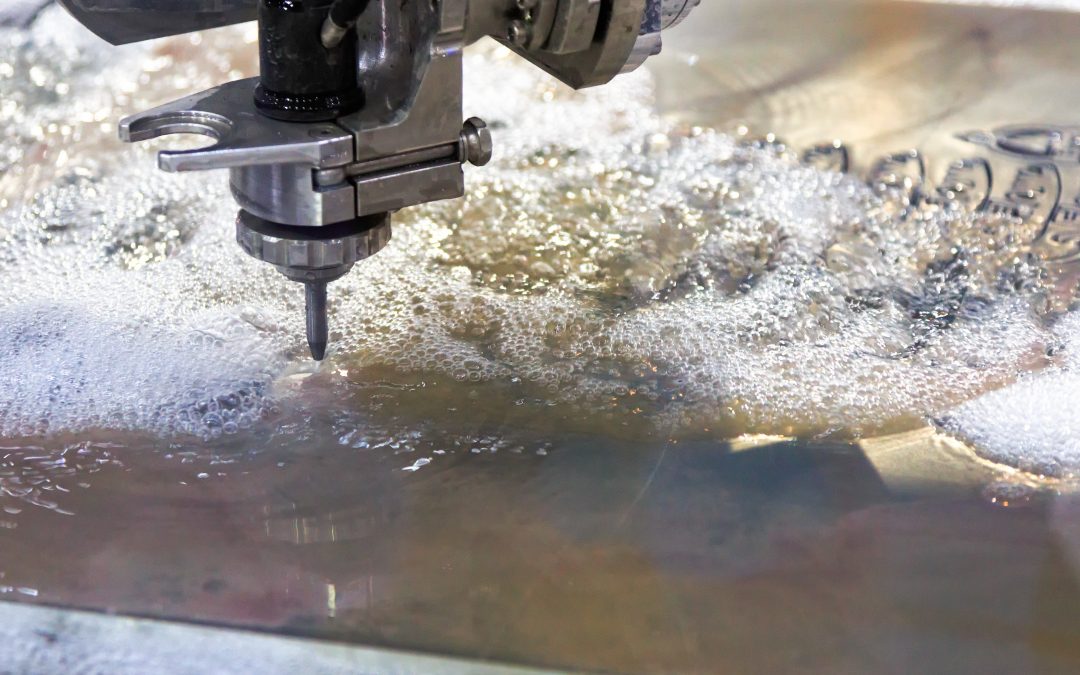Water jetting is a unique and specialist technique, which allows a plethora of tough and hard materials to be cut with ease. High-pressure is utilised to create a stream of water to cut through these materials and is a popular technique within machine parts fabrication, especially for the aerospace industry.
Water jetting is used because it does not affect the structure of the material. Think about what high intensity heat can do to metal – lessening this process means that the original structure of the material remains relatively unchanged, which is a major benefit for fabrication and engineering purposes.
The process is different for certain materials, but follows a similar premise. Thinner components, such as rubber or foam require pure water only, whereas materials such as steel, concrete, zinc, or aluminium require water and an abrasive, as these are much thicker.
The denser the material, the less accuracy there will be when cutting the material. However, sometimes it is not necessary for the material to be cut with complete precision, because the parts may be welded together or finished with a different process, such as milling. When water jetting, the speed in which the material is cut affects the exactness of the shape. The slower the cutting speed, the more likely the quality of the cut will be, which may be required for projects that do no entail further machine processing.

Other materials, such as toughened glass, require a different technique altogether than that of water jetting. This is because the glass is under stress and will shatter if tampered with. Glass can be cut by water jetting; however, it’s important to note that the higher the quality of glass, the less likely it is to shatter. Lower quality glass, which may not have been cooled in the same way through the manufacturing process, will run the risk of breaking relatively easily when put under the pressure of a water jet.

This versatile and unique process means that a whole host of materials can be manipulated by water jetting, including:
- Textiles
- Meat
- Stone
- Paper
- Plastics
- Bronze
- Copper
- Foam
- Ceramic
- Acrylic
- Titanium
- Marble and granite
- Nickel alloy

There are numerous benefits for many different industries to utilise this method, especially when thinking about precision. At Electropak, our versatile water jetting process allows us to cut materials up to 150mm thick without warping them. For more information on this service, contact us today.


Recent Comments